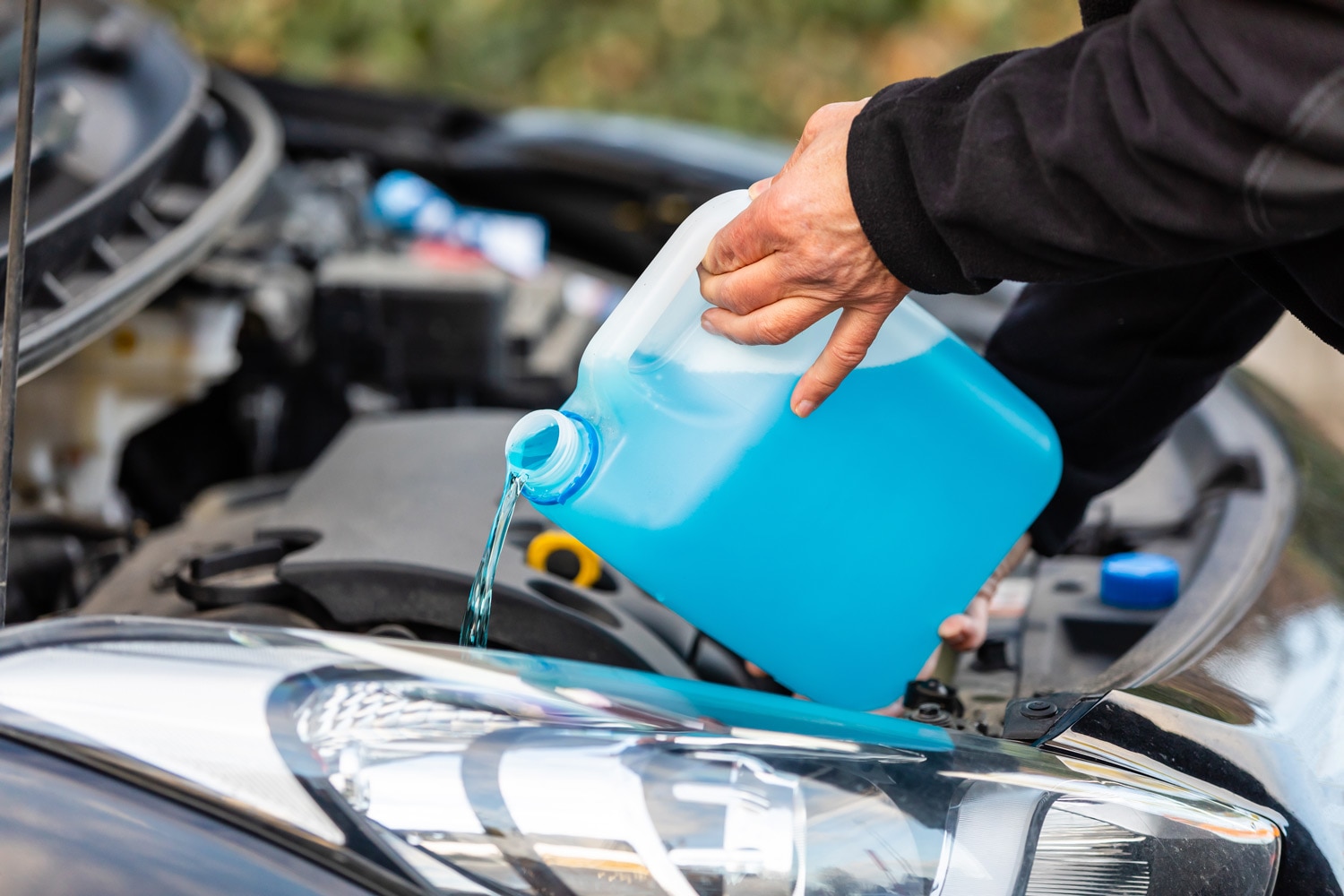What Is Blinker Fluid?
It's no joke if your turn signals aren't functioning properly.
 Shuttershock
Shuttershock
You might have seen an email chain pop up in your inbox reminding you that it's never a bad time to check your vehicle's "blinker fluid." Or maybe you heard some auto enthusiast friends joking while hanging out on the weekend about their turn signals' blinker fluid getting low.
Before you head to your local parts store to buy a quart (
Here are a few tips if your turn signals aren't working correctly, though.
My Blinkers Don't Need To Be Topped Up?
Your car's turn signals don't use, or need, any fluid — and any reference to blinker juice is intended to be laughed off by friends needling each other about their respective levels of automotive knowledge. It's a playful reference to how many car parts need to have their fluids checked and topped up regularly. With everything from engine oil to radiator coolant to brake fluid requiring regular inspection, adding another system to the list isn't all that far-fetched.
A quick Internet search reveals several companies offering up jugs of blinker fluid as a gag gift. It's one of several pranks dedicated gearheads tease each other about, like Lucas Wire Harness Smoke and muffler bearings.
Turn Signal Maintenance Is Real — Just Not Fluid Related
Your vehicle's turn signals use electricity, rather than any type of fluid, to function. Fortunately, this makes them much easier to repair.
Most of the time, a blinker that won't flash is a simple case of a burnt bulb. You'll have to remove the light socket from the turn signal to fix the issue. This is sometimes possible from the rear of the light using an access panel inside the vehicle or engine bay. Some designs require removing the light assembly. Once the socket is accessible, pull out the old bulb and insert the new one before tucking everything back in place.
Sometimes Wiring Is an Issue
Suppose you experience blinker problems and don't see any burnt-out bulbs. In that case, the issue with your turn signal is likely related to the wiring that connects it to the vehicle's electrical system. This can be a more complex issue to diagnose because an automotive wiring harness is large and could have many different points of failure. Before you take it to a professional for their opinion, inspect the harness near the lights for any frayed or damaged wires.
It's also worth examining your vehicle's fuse panel to see if any fuses or relays are burned out. These are cheap and easy to replace and typically only require a set of pliers to properly pull out the blown component and install the new one.
Written by humans.
Edited by humans.
 Benjamin Hunting
Benjamin HuntingBenjamin Hunting is a writer and podcast host who contributes to a number of newspapers, automotive magazines, and online publications. More than a decade into his career, he enjoys keeping the shiny side up during track days and always has one too many classic vehicle projects partially disassembled in his garage at any given time. Remember, if it's not leaking, it's probably empty.
Related articles
View more related articles